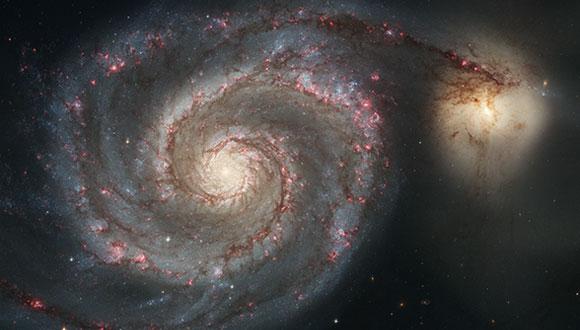Astronomy & Astrophysics Seminar: Uncertainties in Modelling Massive Stars and the Lack of Observed Cool and Very Luminous Supergiants
Avishai Gilkis, TAU
Zoom: https://us02web.zoom.us/j/84211520648?pwd=dllEbUhBU1VRUDZPL2lWRnhjWEdzZz09
Abstract:
The theoretical modelling of massive-star evolution is riddled with uncertainties. Although extremely luminous, massive stars are relatively scarce compared to their lower-mass counterparts, and have shorter lifetimes. Yet, these stars are highly impactful, notably as progenitors of core-collapse supernovae and merging black holes or neutron stars detected via gravitational waves. In this talk I discuss disagreements between observations of massive stars and the numerical modelling of their evolution. I focus on the lack of observed cool and very luminous supergiant stars, an unexplained phenomenon termed the “Humphreys-Davidson Limit”, which is in contrast to simulations of evolved massive stars. This discrepancy is quantified by comparing extensive synthetic populations generated from detailed stellar models to largely complete catalogues of observed supergiants in the Small and Large Magellanic Clouds, showing that while the luminosity distribution is mostly reproduced, the simulations over-predict the number of high luminosity supergiants. Using a large grid of simulations, I show that this excess is reduced when internal mixing (in the form of convective overshoot) is augmented. This can be understood as enhanced mixing increases the core size and luminosity at the expense of the hydrogen envelope, easing its removal by winds, and possibly hinting at a solution to the puzzle of the Humphreys-Davidson Limit.
Seminar Organizer: Dr. Iair Arcavi


